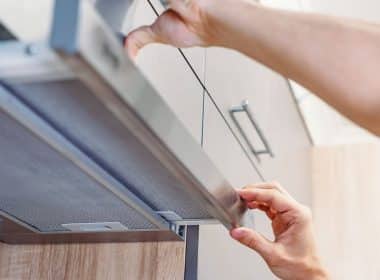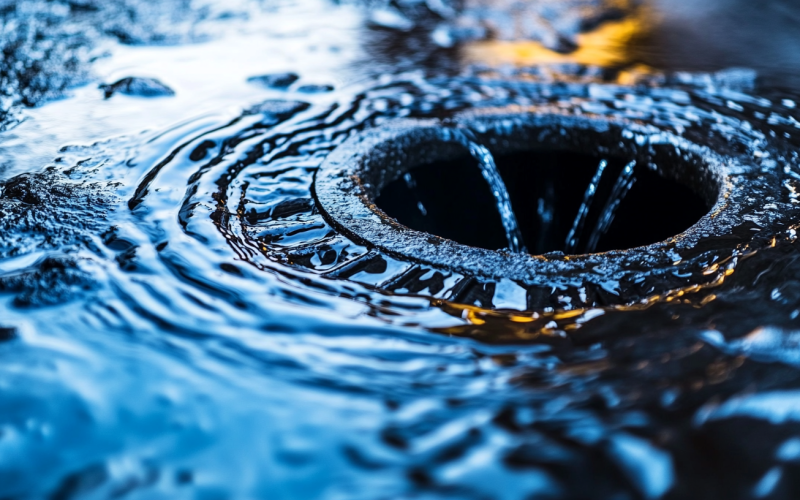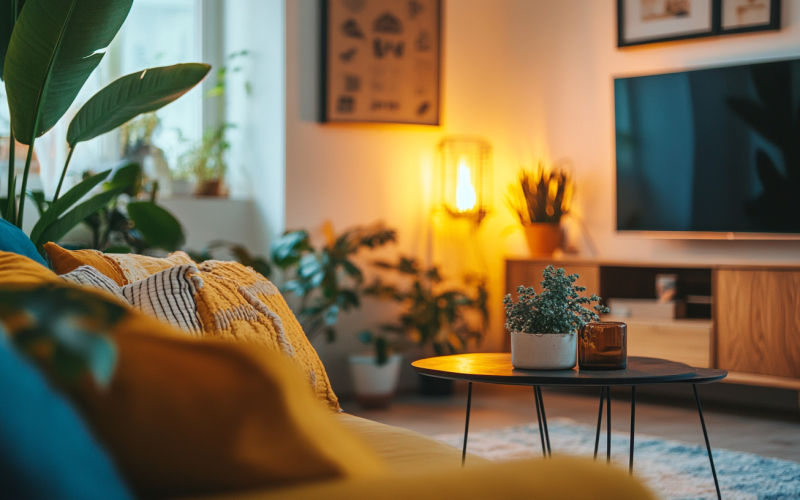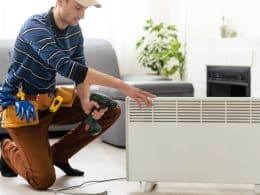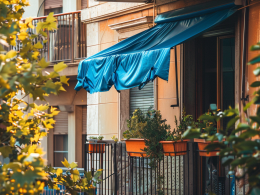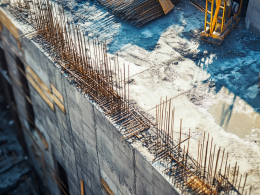Imagine this: you’re going about your day when suddenly, your kitchen sink starts to overflow, or your bathroom floor becomes a mini lake. It’s more than just an inconvenience; it’s an emergency that needs immediate action.
Let’s go through the steps you should take when faced with a blocked drain emergency and how to minimise damage while you wait for professional help.
Recognising the Emergency
Signs of a Serious Blockage: Not all blockages are created equal. If you’re dealing with widespread flooding, multiple drains backing up, or persistent clogs despite your efforts, it’s a sign that you’re facing a serious issue. These are indicators that your blockage isn’t just a minor inconvenience but an emergency that requires immediate attention.
Immediate Impact: Severe blockages can quickly lead to water damage, affecting your floors, walls, and even furniture. Additionally, the risk of unsanitary conditions increases, which can pose health hazards.
Recognising the urgency of the situation can help you take swift action to minimise damage, which includes contacting a blocked drain specialist in South London.
Initial Steps to Take
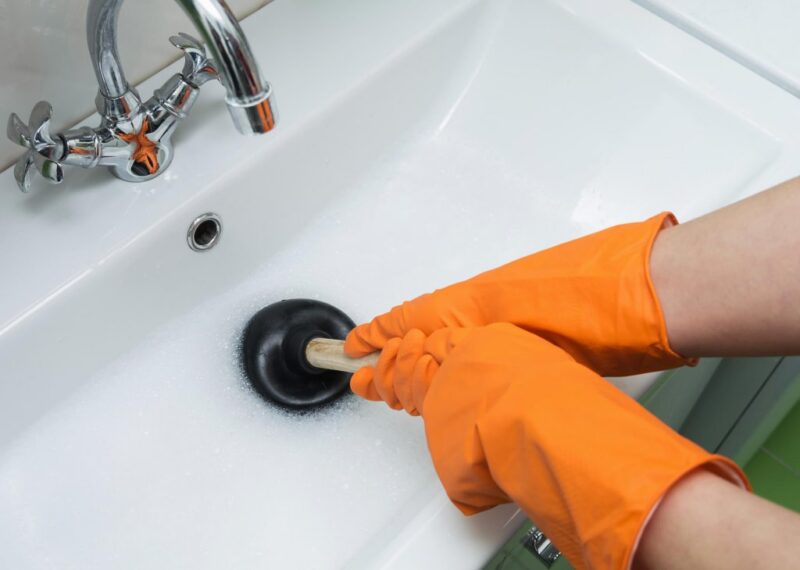
Stop Using the Affected Drains: The first thing you need to do is stop using the affected drains. This prevents additional water from entering the system and causing more overflow or damage. Even if it’s tempting to use another sink or toilet, avoiding all water use in the affected areas is crucial.
Turn Off the Water Supply: Locate your main water supply valve and turn it off. This step is critical in stopping the flow of water and preventing further flooding. Knowing where your water shut-off valve is located can save you a lot of trouble in an emergency.
Contain the Problem: While you’re waiting for professional help, try to contain the water to prevent it from spreading. Use towels or rags to soak up as much water as possible and place buckets or containers to catch any drips. This will help minimise damage to your floors and furniture.
When to Call a Professional
Indicators for Professional Help: If your DIY efforts don’t resolve the issue or if you’re dealing with multiple drains backing up simultaneously, it’s time to call a professional plumber. Persistent blockages or visible damage are strong signals that you need expert help.
How to Choose a Professional: When selecting a plumber, look for someone with good reviews and a proven track record. Ensure they offer emergency services and are available to address urgent issues. Checking their credentials and customer feedback can help you make an informed choice.
Preventive Measures for the Future
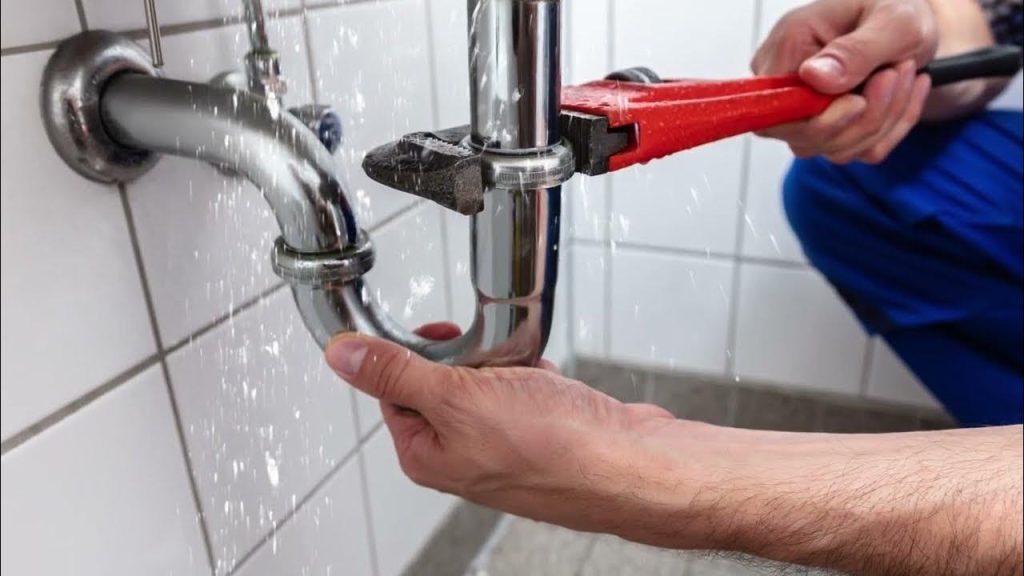
Regular Maintenance: To avoid future emergencies, schedule regular drain maintenance. This includes professional cleanings and inspections to catch potential issues before they become major problems.
Proper Waste Disposal: Be mindful of what goes down your drains. Avoid disposing of grease, food scraps, and non-flushable items. Proper waste disposal practices can prevent many common causes of blockages.
Installing Drain Guards: Drain guards or screens can be a simple yet effective solution to catch hair and debris before they cause a blockage. Installing these can save you from frequent clogs and keep your drains running smoothly.
What You Need to Know About DIY Drain Cleaners
You’re experiencing slow-draining water, and you believe you have a clogged drain. It’s tempting to try a DIY drain cleaner to get rid of the problem. On the one hand, this can be a safer alternative to chemical cleaners. On the other hand, depending on the type of blockage, it might not work. But, many homeowners still want to give it a go. Here’s what you need to know about DIY drain cleaners.
Some DIY Methods Can Work
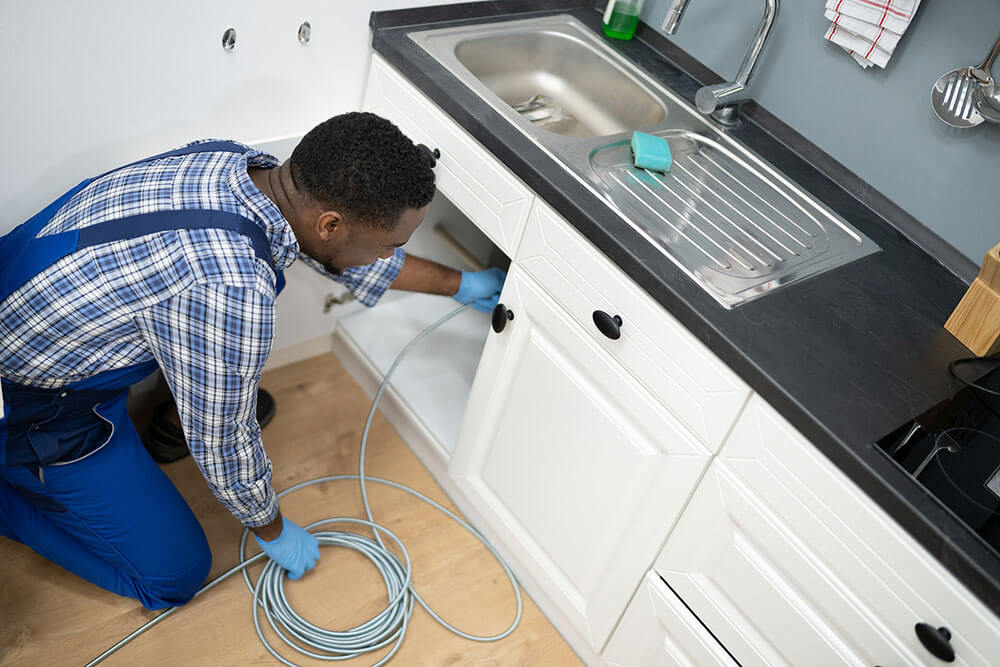
If you have a minor clog or a smelly drain, you might find that a DIY drain cleaner can work wonders. For example, a common method is using baking soda and vinegar. It’s believed that the chemical reaction between these two can dislodge some blockages. You can also use hot water to flush the ingredients through the pipes.
Some people believe in keeping things even simpler. Instead, they grab their dish soap and use it as a degreaser. They pour the dish soap down the drain and then use boiling water from the kettle. They swear it can remove grease and other debris that might be lodged in the pipes.
You Will Not Always Have Success
What you might find is that some DIY drain cleaner methods help with maintenance. However, if you already have a blockage, you may find they’re not strong enough to get rid of the problem. In this case, don’t make the mistake of turning to a chemical drain cleaner. Instead, call a professional.
They’ll have all of the right tools and the experience to know how to use them. For example, there are some drainage companies that will use wash pressure equipment. So, they use water to blast away the blockage without having to use any strong chemicals.
Some people are apprehensive about using professional services because of the price. However, you have to consider the cost of damaging your drainage system. With the wrong method, you can have costly repairs that can drain your wallet. Sometimes, it’s best to pay more now for professionals than later down the line.
Conclusion
Dealing with a blocked drain emergency can be stressful, but knowing the right steps to take can help you manage the situation effectively. From stopping the flow of water to seeking professional help, these actions can minimise damage and get your plumbing back in order. Stay vigilant with your drain maintenance and don’t hesitate to call in the experts when needed.

